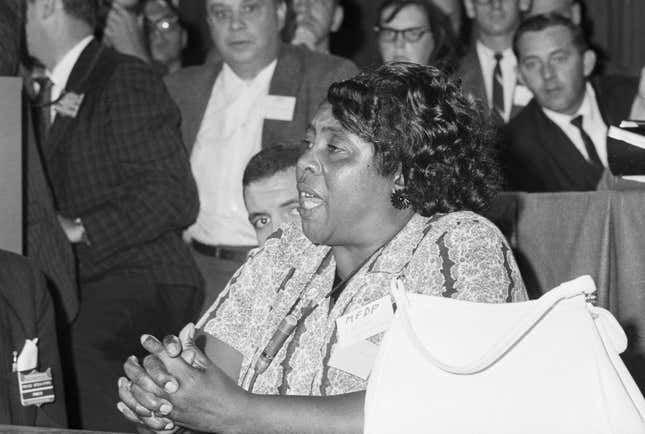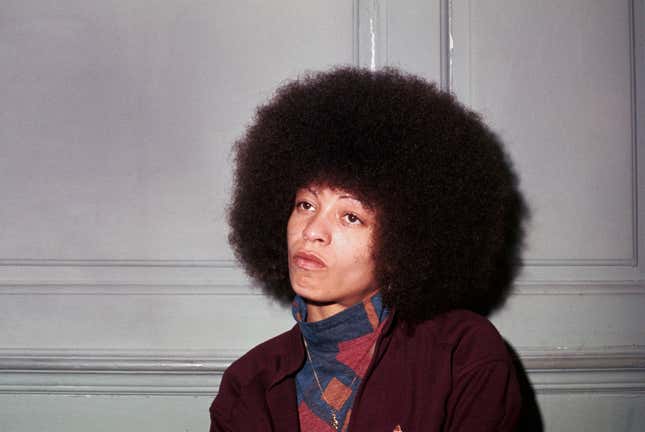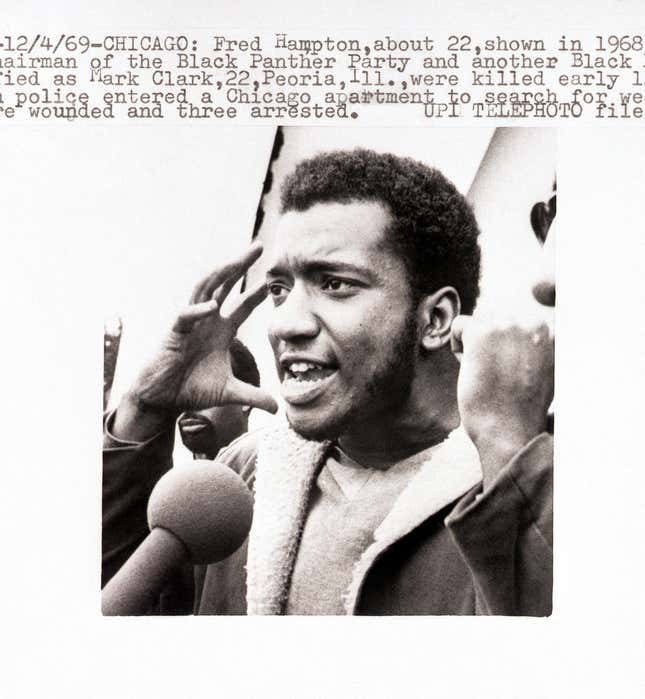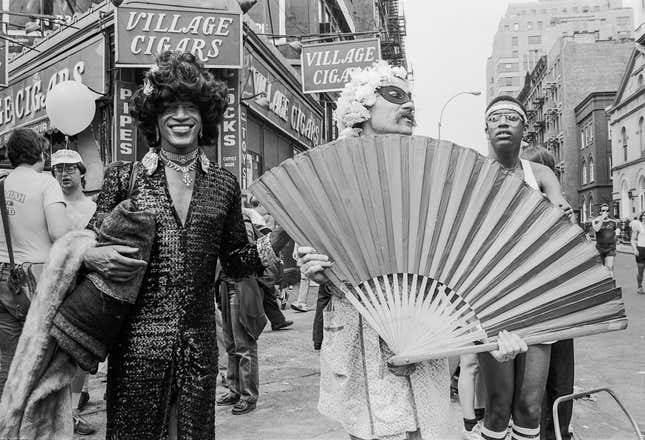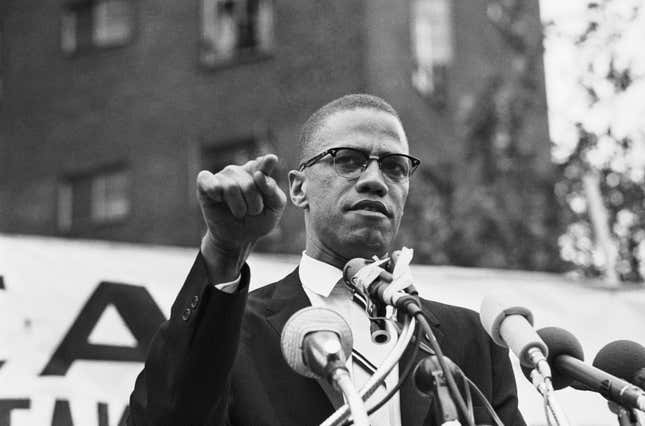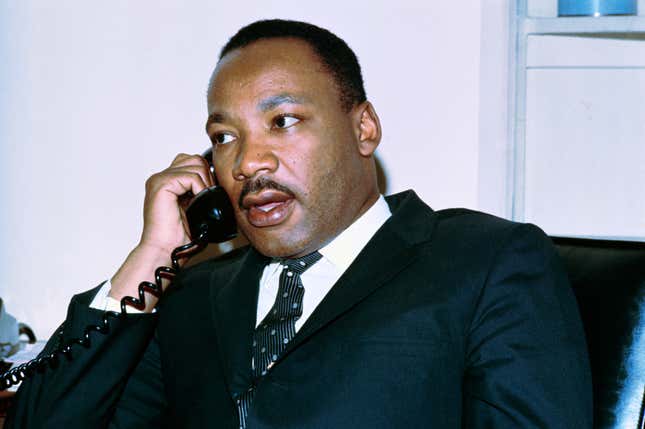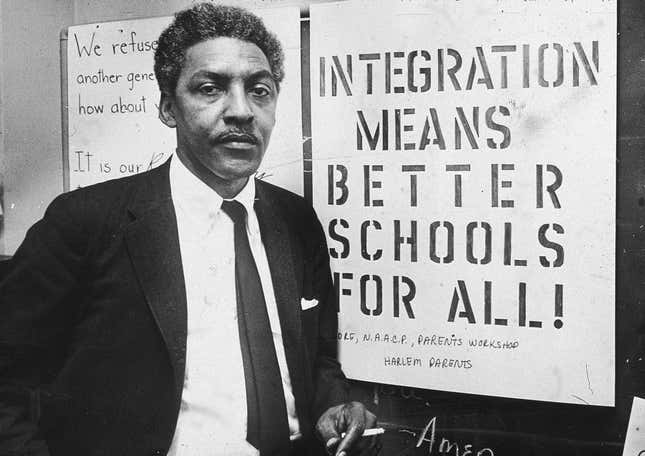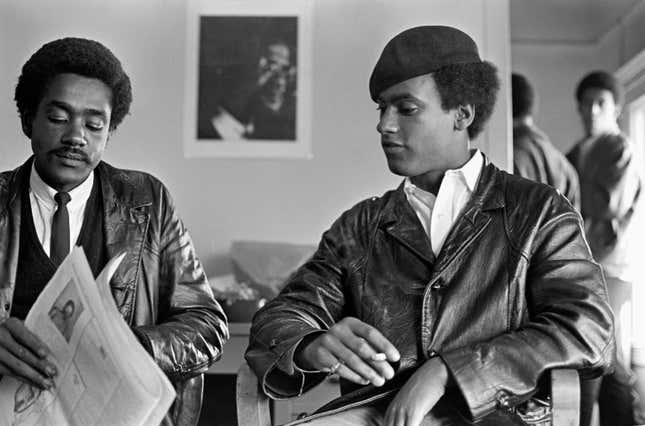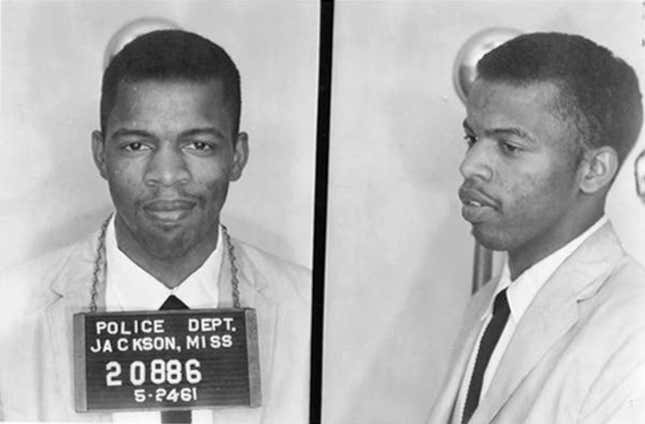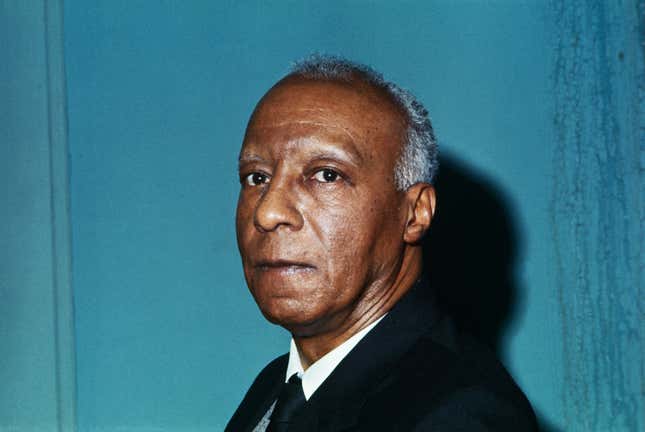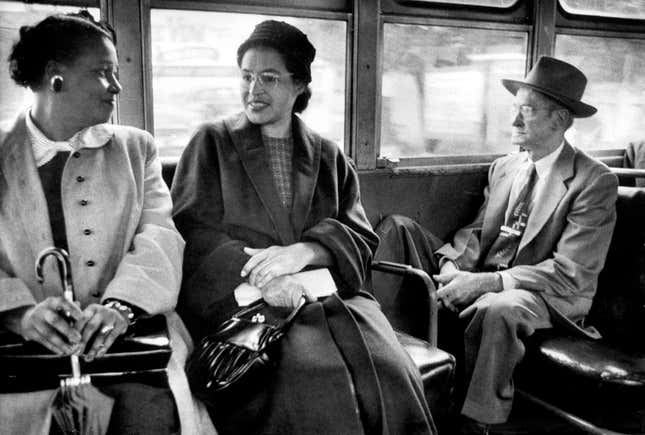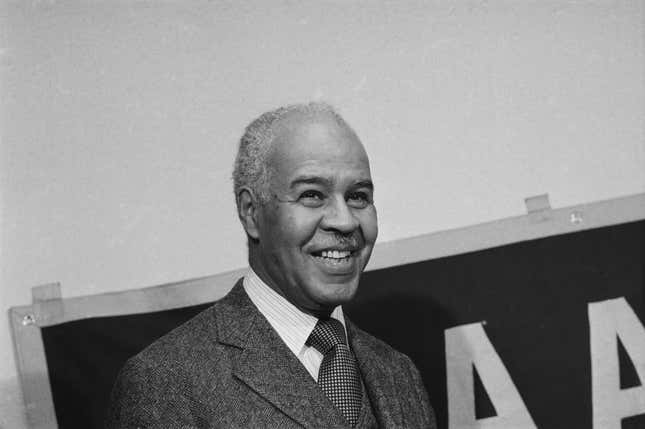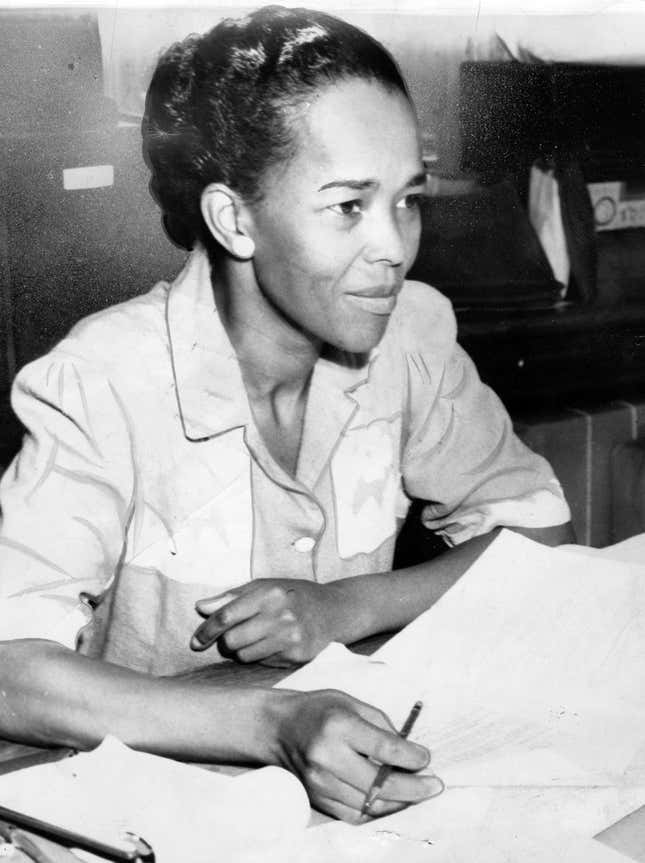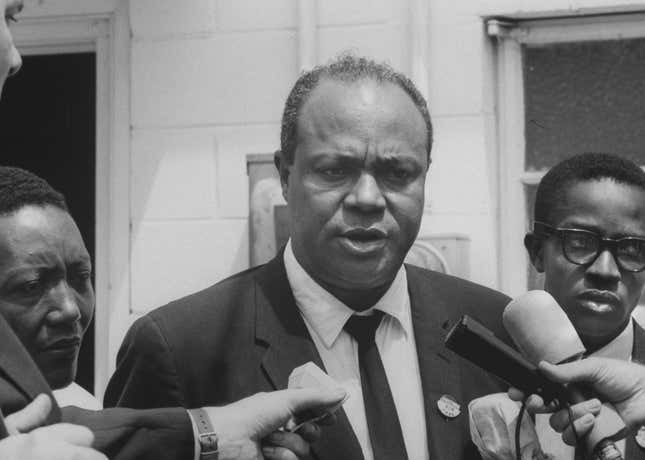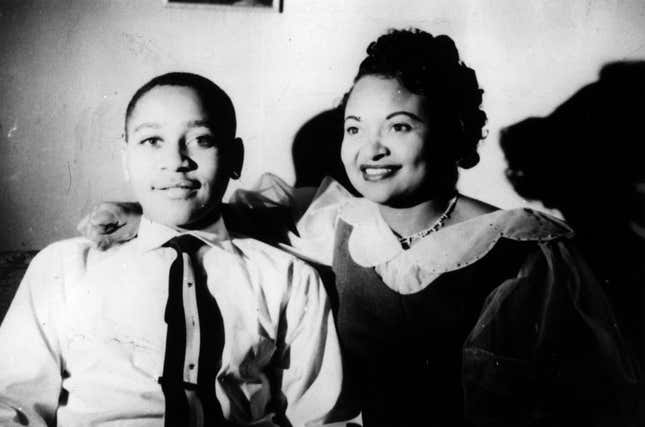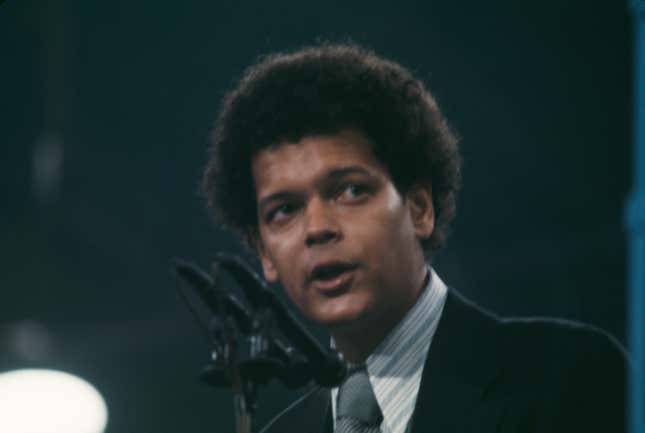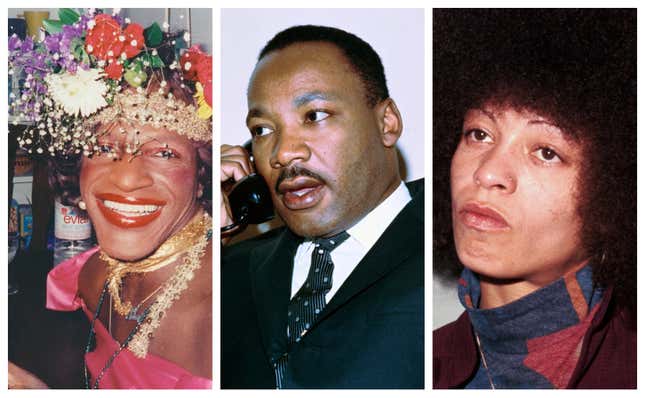
If we’re going to recognize power, we need to recognize the figures from the Civil Rights Movement.
Men and women as young as mere college students had the courage to put their lives on the line to fight for racial equality. Can you imagine leaving class to go sit at a “whites only” lunch counter to be spat at or shoved by racists? What about joining a friend for a Freedom Ride and exiting the bus to encounter a group of angry Ku Klux Klan members?
We often bunch all of these activists together in the Civil Rights Era section of Black History. However, each of them made their own unique mark on the movement through the ways they stood boldly in the face of adversity and used their knowledge and resources to benefit our community.
Here’s 16 civil rights activists whose impact on the movement for racial equality was too powerful to forget.


